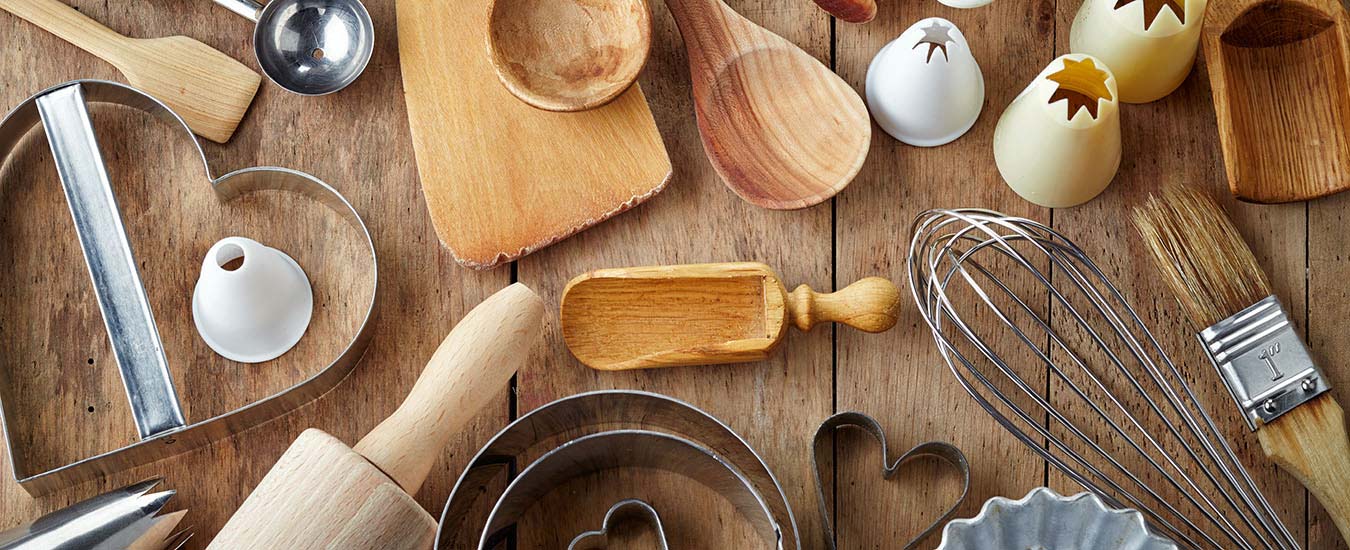Great things come from simple beginnings, and that’s true of the humble mushroom. Studies show that portabella, crimini and button mushrooms are as high in antioxidants as many of the brightly coloured vegetables, like carrots, green beans, red peppers and broccoli, which we normally associate with healthy eating. Mushrooms are flavourful, a good source of protein, and fairly inexpensive. Best of all, local, commercial mushrooms can be found fresh in supermarkets year-round.
Crimini and portabella mushrooms are actually the same variety of brown mushroom, at different stages of maturity. Criminis are similar in appearance to button, or white mushrooms, but are slightly darker in colour, and have a deeper flavour. As criminis mature, their caps grow to expose the gills, and they darken in colour. At full maturity, they are referred to as portabellas, and they have a more intense flavour than both criminis and button mushrooms.

To prepare mushrooms, simply use paper towel or a soft brush to gently brush any dirt from the cap and stem. You’re generally not advised to wash them because the gills absorb water, releasing it during the cooking process. It’s not necessary to peel mushrooms or to remove the stem, although you may want to trim the base of the stem.
When cooking with mushrooms, remember that they will absorb any fats used in the cooking process for the best effect use butter or a good-quality olive oil.
Producer spotlight
Prince Edward Island is home to mushroom producers Rolland Farms, in business for 25 years. The company produces more than a million pounds of mushrooms annually at their Freetown location; its products are available all over Atlantic Canada, including at the facility on 284 Freetown Road.
Plant manager Randy Fischer says he enjoys his mushrooms fried in butter, with just a little salt and pepper.
Button mushrooms are grown in environments where temperature, ventilation and humidity are carefully controlled. The mushroom spawn is mixed in with the growing medium, typically a compost made from horse manure, poultry manure and straw, and the surface is kept moist. Once the white cottony growth of the fungus reaches the top of the bed, after two weeks, a layer of peat moss and limestone is added, and three to four weeks later, voilà: the first mushrooms appear.
Here are some ideas that showcase the versatility of button mushrooms—and prove that they can be used for much more than a pizza topping.
